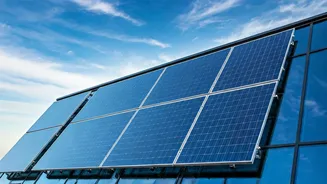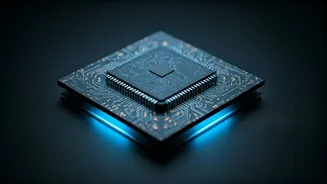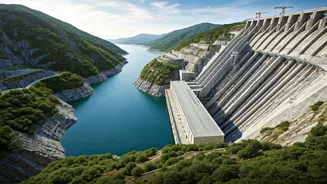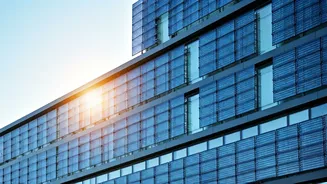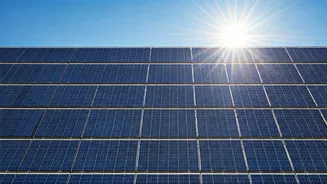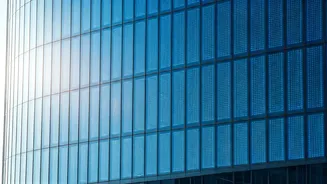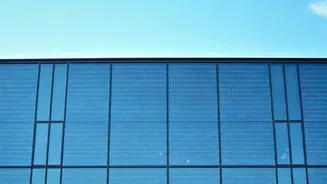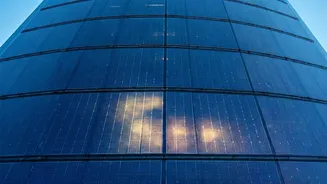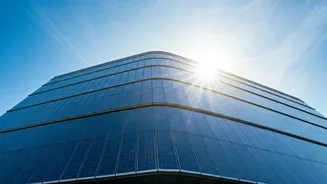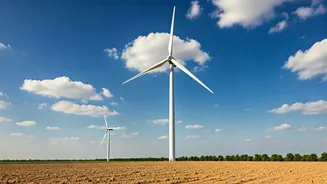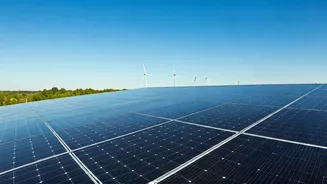Energy-Harvesting Windows
The field of solar energy is experiencing a significant leap forward. Scientists have developed semi-transparent solar cells, a technology with the potential
to transform how we generate electricity. These cells are designed to be integrated into windows and building facades, enabling them to capture sunlight and convert it into power. This development could substantially increase the availability of renewable energy, offering a practical way to integrate energy production into the existing infrastructure. The semi-transparent nature of these cells maintains visibility, making them an attractive alternative to traditional solar panels.
Breaking Records
The newly developed semi-transparent solar cells are not just about aesthetics; they are designed to perform exceptionally well. These cells are poised to outperform existing technologies in several key metrics. The record-breaking efficiency of these cells signifies a major leap forward in solar technology, opening new avenues for energy harvesting. The technology promises to surpass existing benchmarks, making renewable energy more accessible and practical for a wide range of applications. This innovation paves the way for a future where buildings and other structures actively contribute to power generation, significantly reducing dependence on traditional energy sources.
Building Facades Transformed
One of the most exciting prospects of semi-transparent solar cells is their potential to transform building facades. Rather than being just aesthetic elements, building surfaces can become active power generators. This concept allows architects and designers to incorporate sustainable energy solutions seamlessly into the design of new constructions. The cells can be integrated into glass panels, creating a building skin that is both functional and visually appealing. This approach addresses the growing demand for green building practices and helps reduce carbon footprints. The ability to integrate the cells into existing structures could also provide a simple way to retrofit buildings and increase their efficiency and sustainability.
A Sustainable Future
The integration of semi-transparent solar cells into windows and facades provides a significant stride toward a sustainable future. The widespread adoption of these cells could greatly lessen our reliance on fossil fuels and mitigate the impact of climate change. The technology contributes to the creation of a more sustainable environment, generating clean energy directly where it is consumed. By producing energy on-site, the cells reduce transmission losses and promote energy independence. This technological advancement signals a transition toward a greener economy, highlighting the potential for innovative solar solutions to drive positive environmental change.
